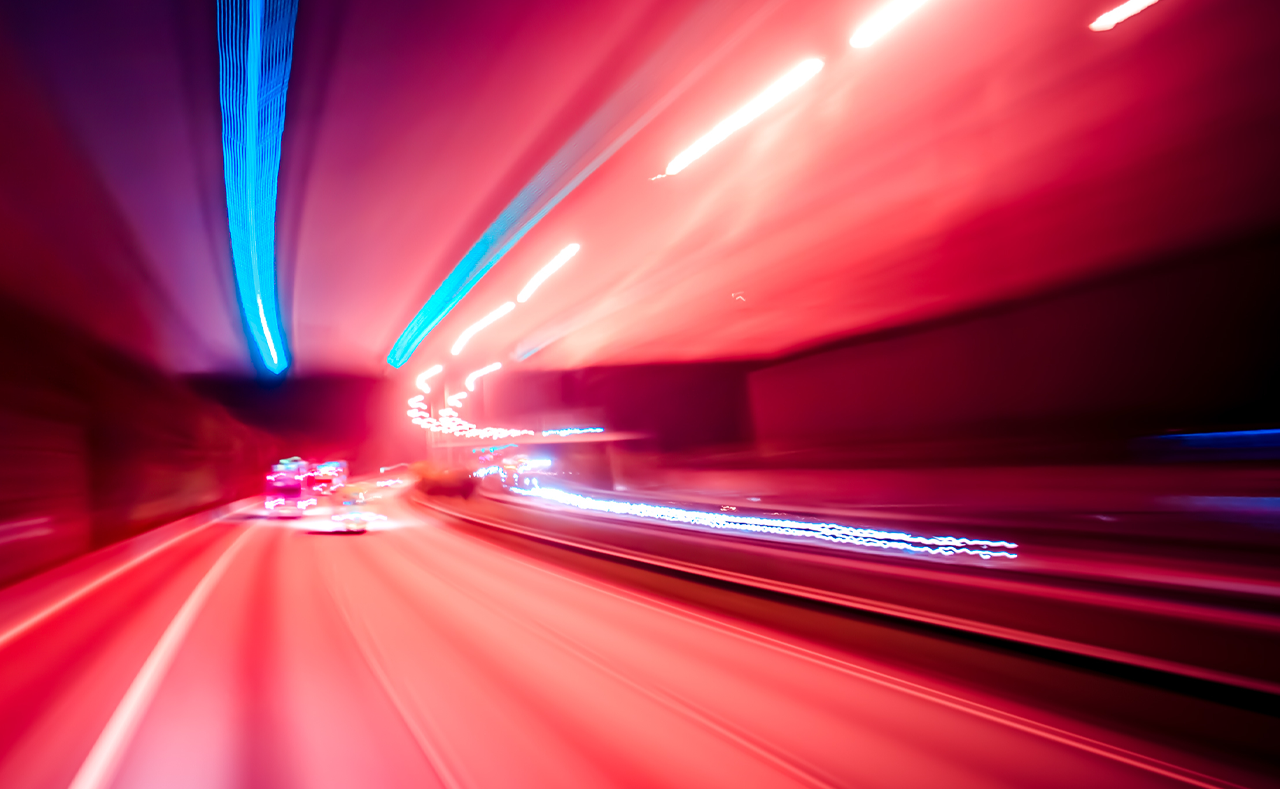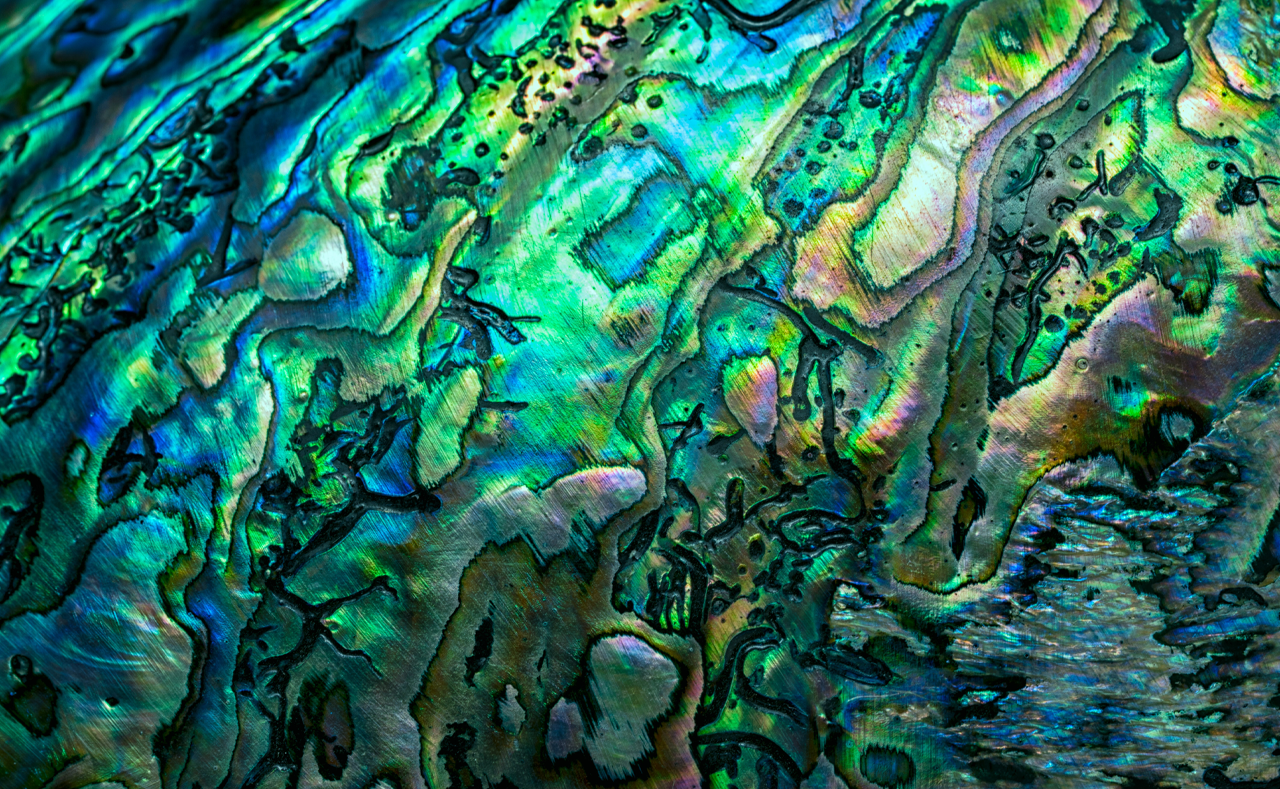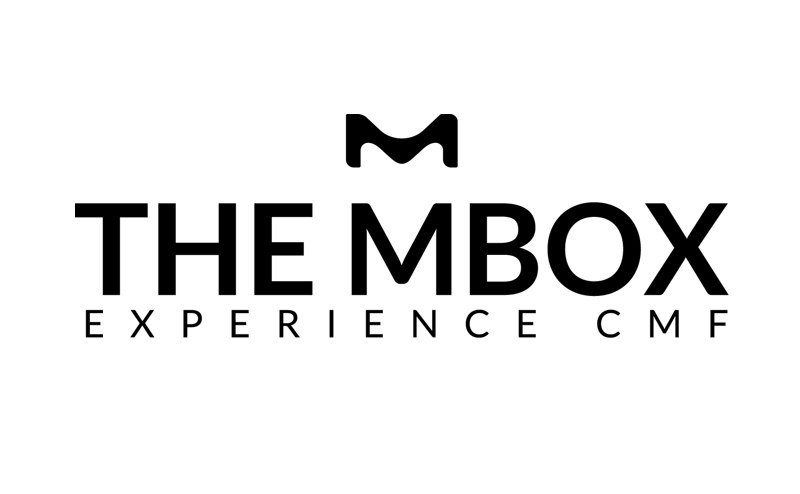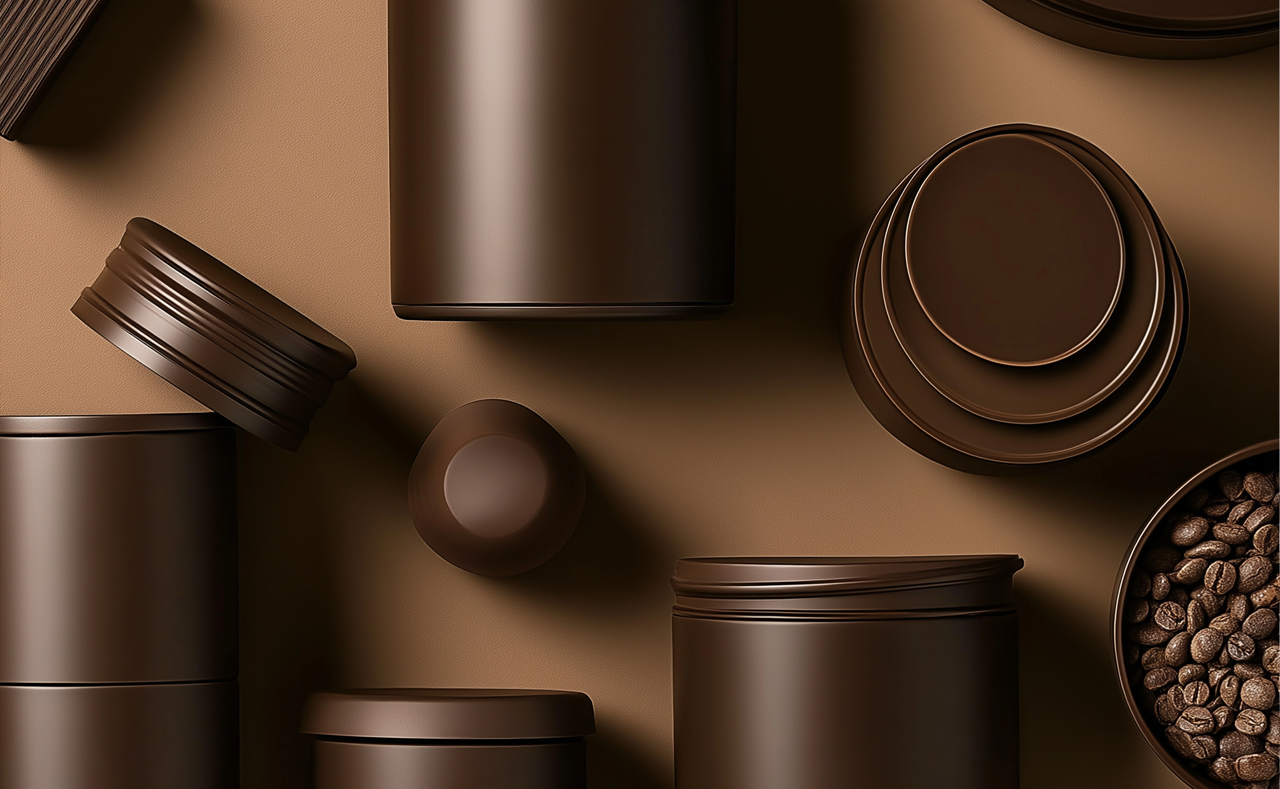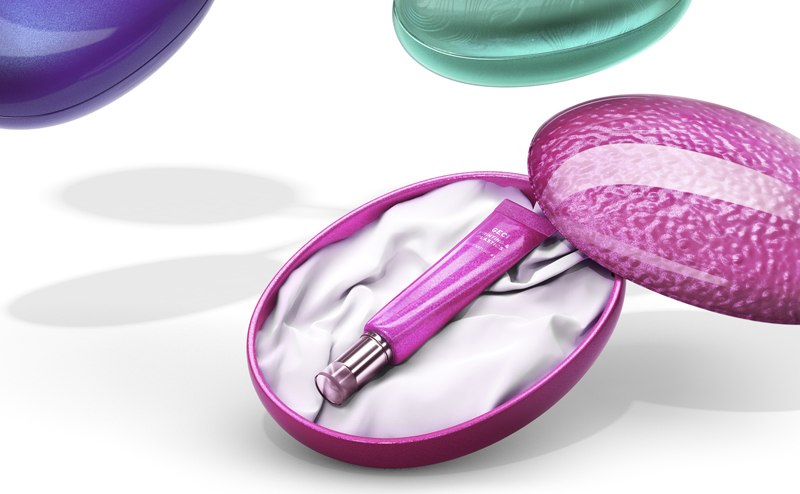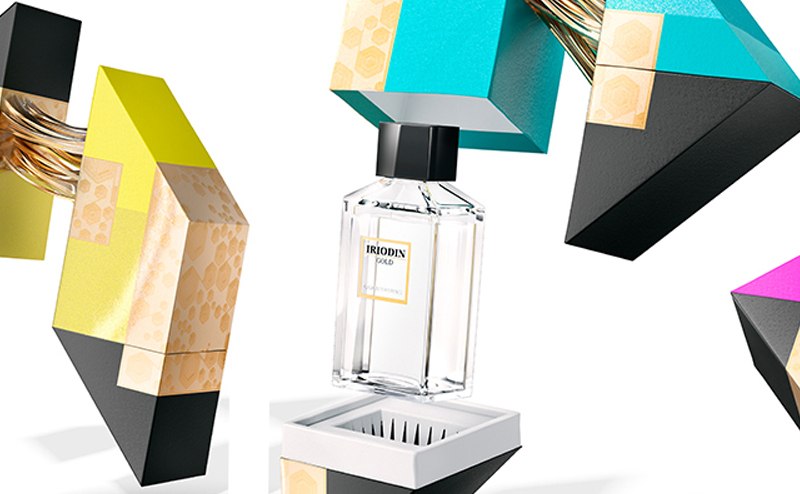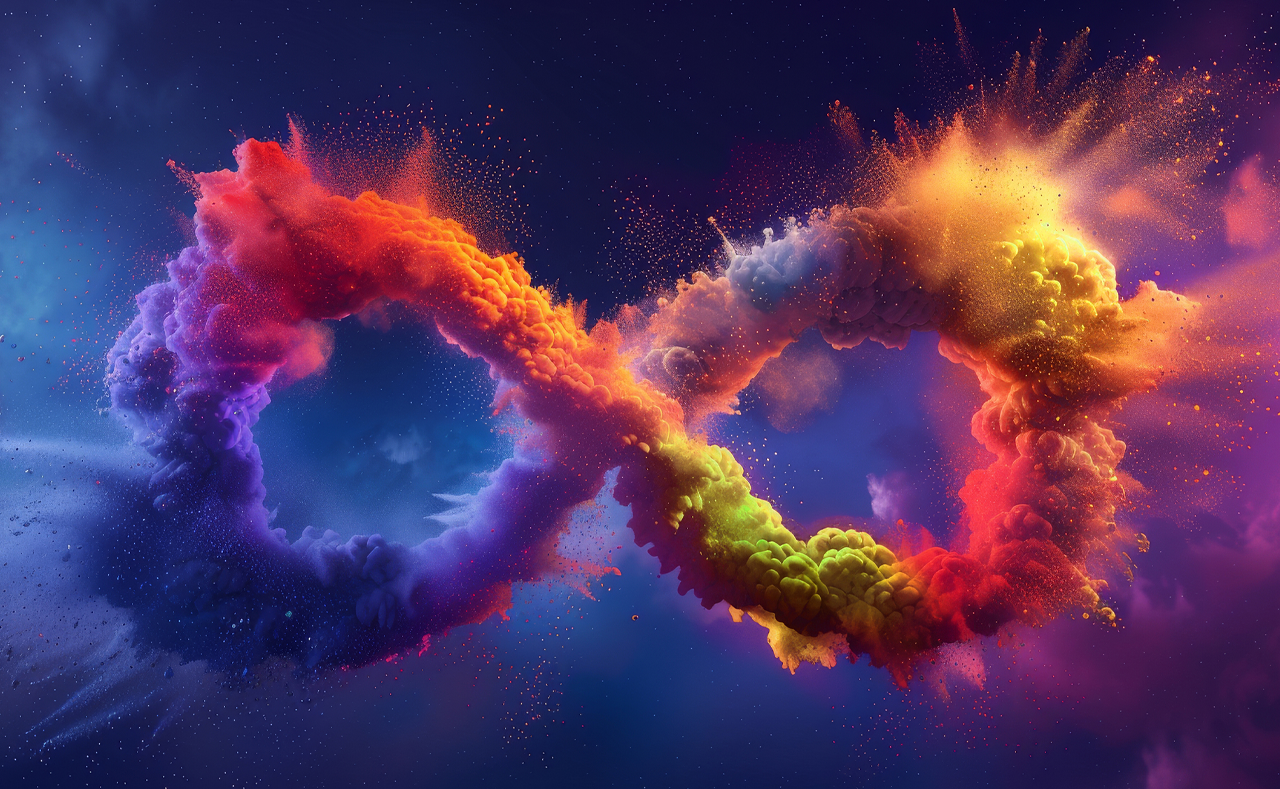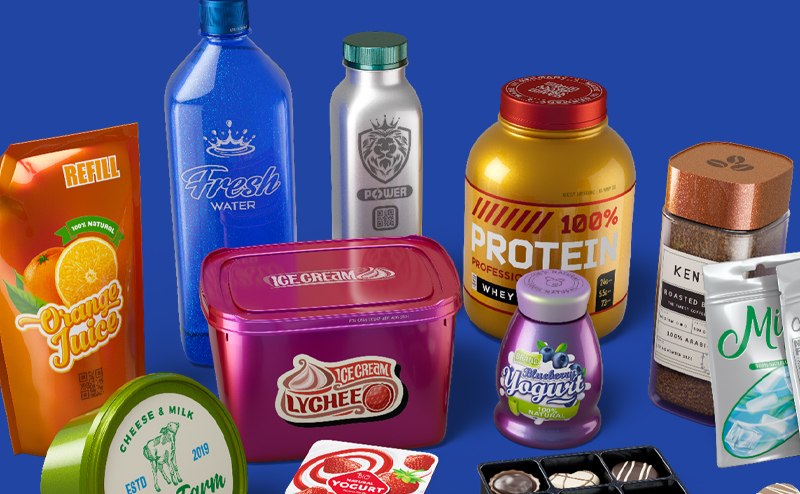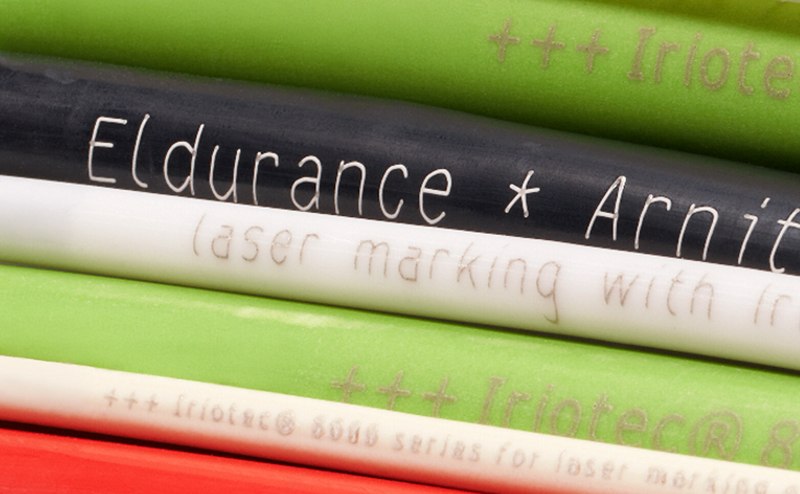Plastics & Printing Effect Pigments

Our effect pigments give your print materials a sophisticated look and feel. But our portfolio doesn't end here. Our effect pigments also give plastics a unique appearance, adding value and appeal.
SHOWING OUR TRUE COLORS
True beauty has a depth to it that goes below the surface. From decorative printing to high-quality coatings, our effect pigments have been helping make the world a more colorful — and functional — place for more than half a century.
- Our printing effect pigments have applications in traditional printing techniques like gravure and screen printing as well as in the new print technologies such as RGB.
- Our plastics effect pigments do not only offer the most beautiful effects for your plastics applications but also add onto it some new technologies.
PICK YOUR APPLICATION
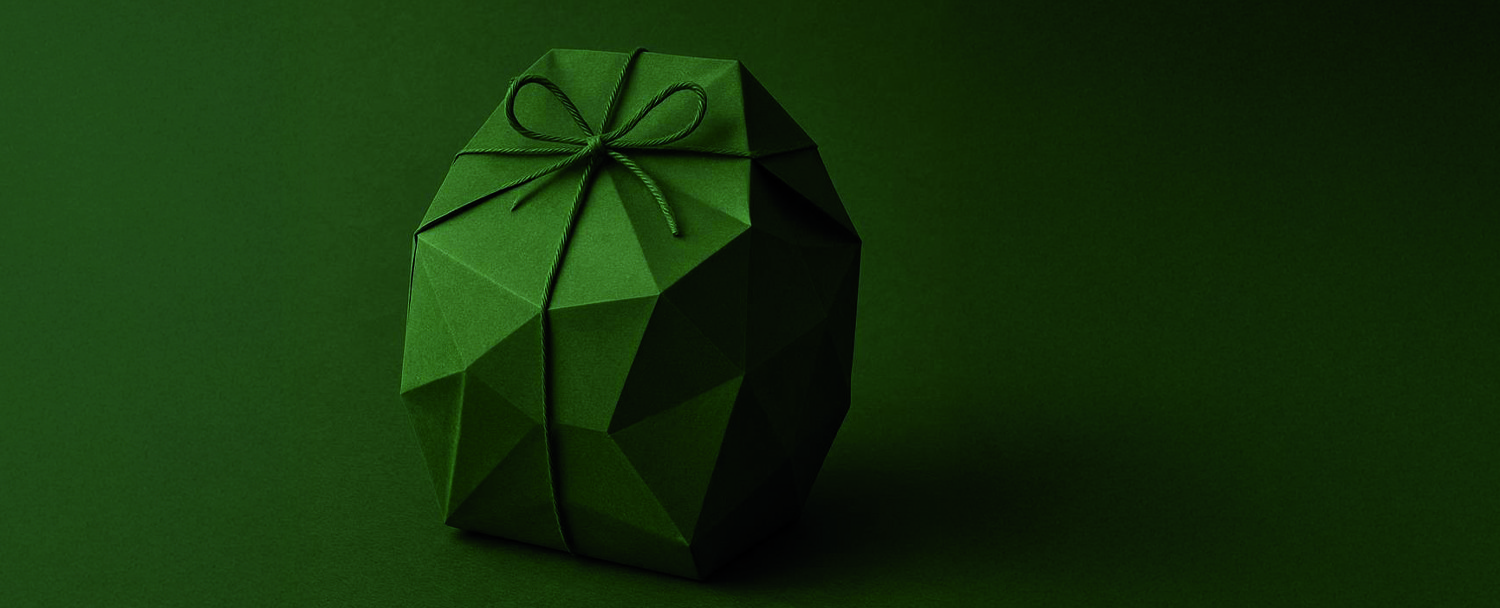
High-quality printing – in packaging or on the product itself – make products stand out from the competition. Print technologies have an enormous range of possibilities: paper goods, wallpaper, decor, and textiles, to name a few. We have the technological expertise and the materials to bring your print vision to life.
Our featured printing technologies cover:
- RGB
- Flexo Printing
- Gravure Printing
- Screen Printing
- Offset Coating
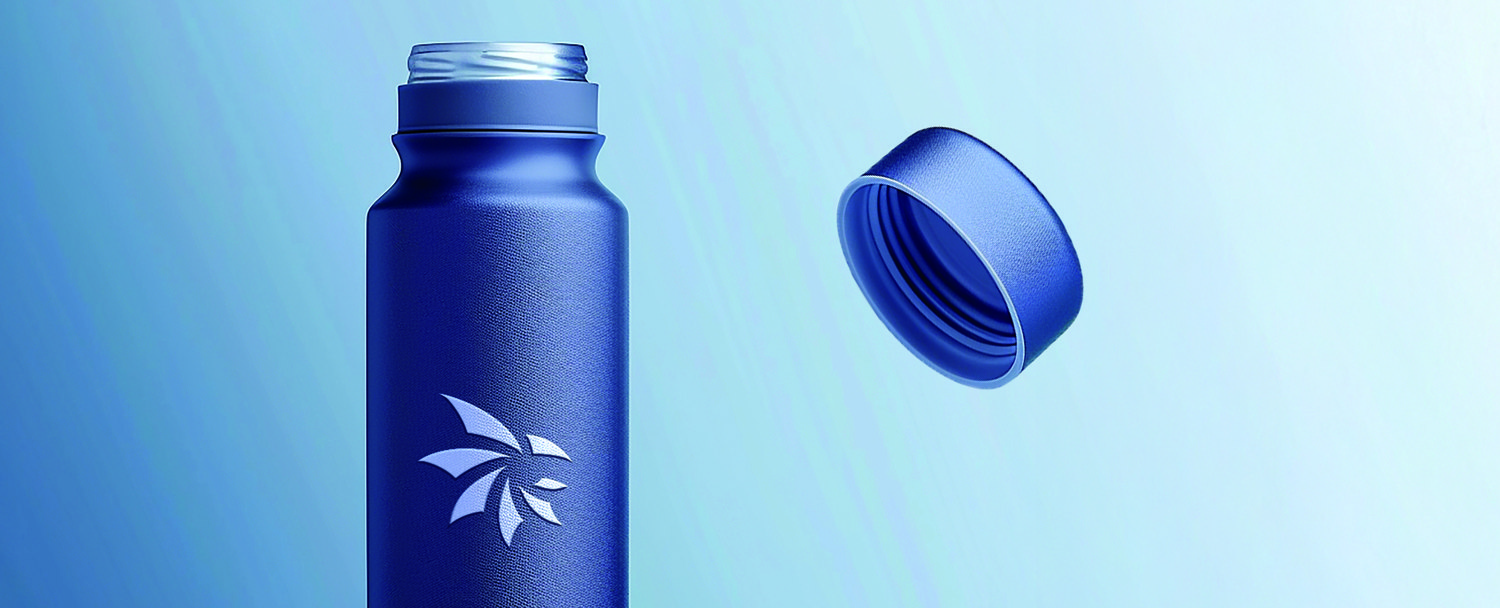
We come across plastics in packaging, household items, toys, electronics — almost all areas of our lives. Plastic finishes emphasize product appeal with sophisticated visual and tactile properties. With our portfolio, we offer you the latest color effect solutions for a wide range of thermoplastic technologies.
Discover all of them:
- Cast resins
- Extrusion
- Extrusion Blow Molding
- IM3D
- Injection Molding
- Injection Stretch Blow Molding
- Latex Rubber
RGB
Until now, only self-lit systems such as illuminated displays could use additive color mixing. They combine red, green, and blue dots of light that, used together, add up to produce white. With RGB-printing, these dots consist of highly reflective Spectraval™ pigments.
Unlocking the secrets of RGB technology allows you to create prints of previously unseen brilliance and depth.
Let there be light – suddenly the impossible becomes possible
There are so many areas RGB printing can now be used in – catching the eye and captivating customers. Surfaces seem to shine from within, offering all-new visual impact that is underscored by a smooth and brilliant chroma. Change the angle and prints have stunning, almost intriguing depth.
To make things easy, RGB printing with Spectraval™ works on conventional printing equipment, so it can be incorporated into standard screen, gravure, or flexo processes.
So what's the big, new thing about this process? With traditional CMYK printing, which is based on subtractive color mixing, each color that's used reduces the background color white until eventually you see black. With RGB, the printing world is turned upside-down: colors are “additive” – Spectraval™ pigments are printed on a black substrate and each layer of color adds light so that red, green, and blue combine to white. And just in case you need a bit more contrast, simply add Spectraval™ White.
Of course, RGB printing doesn't have to compete with CMYK. It's "additive" in more than one sense, so it can be used to add new impact and create unseen, unexpected effects that are guaranteed to grab attention. It's a simple, scientific principle but it's effective at enhancing prints.
Where will we see more and more RGB printing in everyday settings?
An increasing number of areas are now turning their attention to RGB technology as the impact of additive printing literally catches the eye of companies and customers. The fields in which we have already started collaborating on commercial-scale RGB printing processes include: cosmetic packaging, interior decorations (e.g. wallpaper), flexible packaging, and magazine covers.
FLEXO PRINTING
How to achieve the best results in flexo printing with our effect pigments
In flexo printing, anilox rollers and photopolymer plates are used to apply the color to the material being printed, just as in offset coating with a chamber doctor blade system. Continual mixing of the ink during the printing process ensures a homogeneous distribution of the effect pigments. The proper anilox rollers and suitable polymer plates must be selected to ensure an undisturbed process and the best possible results. Top photopolymer plates include Nyloflex® FAH and Nyloflex® ART from Flint Group and Cyrel® DEC from DuPont.
The printing ink and its viscosity, as well as the cell geometry of the anilox rollers, must be adjusted to the effect pigment used.
GRAVURE PRINTING
How to achieve the best results in gravure printing with our effect pigments
Our effect pigments are especially well suited for gravure printing. The color layer thicknesses and smooth printed images that can be achieved using this printing technique, yield very strong effects.
For the best results, the printing ink and viscosity must be adjusted to the material to be printed and the printing speed. The printing form is the deciding factor for the quality of printing ink transfer and emptying of the cells. The particle size, screen count, and cell geometry must also be considered equally when effect pigments are used in printing. Use of laser engraved cylinders improves transfer behavior of the effect pigments onto the substrate.
The printing ink and its viscosity, as well as the cell geometry of the etched rollers, must be adjusted to the effect pigment used.
Engraved cells
- always horizontal
- water-based: 130 – 140° angle, channeled
- solvent-based: 120° angle, channeled
Etched cells
- ratio of cell width to wall 10:1
- etch depth up to 60 μm, very coarse pigments up to 80 μm
SCREEN PRINTING
How to achieve the best results in screen printing with our effect pigments
Effect pigments in screen printing give silk-like shimmer or glitter impressions on fine foils, cards, and papers, and also on textiles and many other materials.
Adapting the mesh size to the particle size
For optimum results, use compatible screen mesh and effect pigments. As a rule of thumb, the mesh size of the screen must be at least 1.5 to 2 times larger than the largest effect pigment particle being used. This means, for example, that a screen with a mesh size of 90 to 120 μm should be used for Iriodin® 100 Silver Pearl with a particle size of 10 to 60 μm.
Squeegees with 60° to 70° shore hardness are recommended.
OFFSET COATING
How to achieve the best results in offset coating with our effect pigments
Effect pigments in offset coating allow creative designs on various materials. For trouble-free printing and strong effects, it is important to select the correct anilox rollers and photopolymer plates. We have experienced excellent pigment transfer and coverage with the following photopolymer plates:
- Nylocoat® Gold A 116 and Seal F 116 by the Flint Group
- Cyrel® DVS by DuPont
The cell geometry of the anilox rollers and the effect pigments should be matched.
Stop crushed edges
To avoid crushed edges, we recommend adding base leaders to the polymer plates. For double coating applications, ensure that the base leaders for the two coating units are next to each other.
CAST RESINS
Effect pigments for cast resins and thermoset plastics
Effect pigments can be used not only in thermoplastics, but also in cast resins and thermoset plastics. The main field of application is unsaturated polyester resins and PMMA cast resins: Unsaturated polyester resins are used in button production, and PMMA cast resins in store fixtures, or for sanitary fixtures such as bathtubs.
The same rule applies for thermoplastic and thermoset polymers when it comes to the use of effect pigments: The more transparent the material, the better the effect works. For cast resins, particular attention must be paid to the orientation of the pigments and the settling behavior.
Create liquid metal effects with Biflair®
The Biflair® product series creates lustrous liquid metal effects and is based on bismuth oxychloride (BiOCl). Its crystals are so small that the eye is unable to differentiate between the individual particles, achieving a metallic effect.
Biflair® pigments are semitransparent with a silver-white luster and good coverage, which makes them ideal for mixing with other colored pigments to produce interesting stylings. With a particle size of <15 µm and a platelet thickness of <1 µm, they promote low settling behavior, which supports the optimized effect in the cast application because the pigment will be evenly distributed in the polymer. Minimum concentration in the polymer system should not be less than 0.4%.
EXTRUSION
What is extrusion?
In extrusion, thermoplastics are melted to a viscous mass in a screw and then pressed into shape through a nozzle. The variety of possible shapes is huge. Films, foils, and plates are extruded through flat nozzles. Nozzles with larger openings are used for solid rods, tubes, or flat profiles. Irregular shapes such as angled profiles, for example L or T shapes, and complex shapes like window profiles can also be manufactured using an extrusion process.
Tips for using effects pigments in extrusion
Masterbatches or compounds are usually used to color the molten mass with effect pigments. For a satisfactory result in plastic extrusion with effect pigments, a balanced ratio must be maintained between the mixture energy and pigments that are as undamaged as possible. Excessive shear from mixing sections or inappropriate screws or filters destroy effect pigments and dramatically decrease the pearl luster effect.The orientation of the pigments is critical for an even effect. This has to be ensured in the process through corresponding engineering and design of the machinery.
Tips for using effect pigments in co-extrusion
Co-extrusion is used to combine different materials or the same materials with different colors or effects. The two materials are combined into one flow in the co-extrusion die.
If effect pigments are used in the surface layer, it is possible both to increase the effect strength and to save costs due to the thin layer and the perfect orientation of the effect pigments on the visible surface. However, it must be taken into account that, due to the much thinner co-extrusion layer, a higher concentration of effect pigments must be used than in solid layers in regular extrusion. A lower concentration of pigments is needed when the entire layer mass is colored.
The inner layer in co-extrusion usually uses high coverage. It is also called the substrate layer because of its much higher layer thickness. Functional materials can be used in this layer, such as to improve the barrier or other properties. Or internal recycling materials can be used to save raw materials and further reduce waste and boost economy. Effect pigments are seldom used in this layer.
This technique can be used in all extrusion processes, including extrusion blow molding.
EXTRUSION BLOW MOLDING
What is extrusion blow molding?
Extrusion blow molding is a process for manufacturing hollow bodies. These can be round, angular, or oval and also have handles, as on the familiar detergent or drinking bottles. In contrast to injection stretch blow molding, extrusion blow molding is a continuous, one-level process. Polyolefins such as LDPE, HDPE, and PP are the most typical materials used.
Effect pigments for extrusion blow molding
Hollow body, full color
Effect pigments are excellently suited to the extrusion blow molding process, since the extrusion process guarantees that platelet-shaped effect pigments are aligned evenly with the surface so they can develop their full optical effect.
Co-extrusion is an efficient option for combining high coverage and good effects. Strong pearl luster and other effects can be achieved with a thin outer layer, while the desired opacity is created by the covering inner layer.
IM3D
IM3D –What can you achieve with this technology?
Already an expert in 3D effects in printing, we have expanded our 3D competence to plastics: With our patented, state-of-the-art IM3D technology, simple plastic parts are given impressions of projecting shapes to become more vivid and multidimensional. The resulting parts have a rich, apparent depth, 3D contours, and a shape that instantly boosts perception.
IM3D – What are the key benefits of this technology?
Here are the most important benefits to keep in mind. With the IM3D technology, you can:
- create innovative, eye-catching 3D designs for injection-molded parts
- differentiate your product and brand with a unique 3D imaging effect
- increase your brand awareness and brand recognition
- deploy it in a wide variety of applications and markets
- use our pearlescent pigments regardless of any particle's size
- use our pearlescent pigments without any unintended flow lines
INJECTION MOLDING
What is injection molding?
In injection molding, a plasticized polymer mass is injected into a tool. When cooled, the polymer solidifies to form a molded part. It is usually colored completely using a masterbatch or compound.
Tips for using effect pigments in injection molding
Avoiding flow lines
In injection molding, flow processes in the molten mass set the orientation of pigment platelets. Thanks to well-engineered tool construction, the effect pigments can orient perfectly and show nearly no flow lines or welding effects. Another factor for optimizing the effect appearance is the position of the injection gate. Circular, centralized, and edge-minimized forms are perfectly suited for effect pigments. In cases where these forms are not possible, we recommend using our Miraval® effect pigment series in a low concentration. It features a strong sparkling effect and decreases the optical perception of irregularities.
INJECTION STRETCH BLOW MOLDING
What is injection stretch blow molding?
Injection stretch blow molding is a process for manufacturing predominantly hollow objects with rotational symmetry using polymers. In this multilevel process, a preform is first produced using an injection molding process. In the next step, this preform is heated and then formed into its final shape by stretching it in all directions.
Tips for using effect pigments in injection stretch blow molding
Due to the gentle heating during the blow molding process, the thermoplastic's elasticity is not very high. Effect pigments are not elastic anyway due to their inorganic composition. The stretching forms voids between the stretched polymer and the unstretchable effect pigments. The larger the pigments and the higher the stretching ratio, the more obvious the voids are. Effect pigments can be used at stretching ratios of up to 3:1. In addition, 1-level or 1.5-level processes are more suitable, because the plastic is still in a semiviscous state.
In general, this void effect is widely used to achieve the "frost effect" in PET bottles. This frost effect gives the surface an appearance like it has come directly out of the fridge.
LATEXT RUBBER
Tips for using our effect pigments in latex rubber
Opaque colorants and fillers reduce the luster and effect. To bring out the effect of the pigments as much as possible, the system should be as transparent as possible. This should be taken into account especially in the catalyzation of the latex.
All our effect pigments can be distributed easily in liquid systems: just stir in and process. For latex products, we recommend fine particle pigments to ensure that latex mixtures can be stretched to many times their original size after vulcanization. To prevent coagulation of the latex on the dry pigment surface, pigments should be prewetted with water before being stirred in. Because pigments can be destroyed by high shear forces, we recommend adding them just shortly before processing – and always under the same speed and mixing time, in order to achieve good product consistency.
Our Iriodin®, Colorstream®, and Xirallic® effect pigments are also being used increasingly in latex products. Gold is a particularly popular color for this, but silver-white products such as Iriodin® 111 are also in high demand. After all, the same applies to latex products: Effect pigments give colors a new dimension!
BEYOND HERITAGE COMES SUSONITY
Beyond reliability comes peace of mind. Beyond effects comes infinite possibilities.
Information on hazard classes or hazard categories can be found in the safety data sheet.
© 2025 SUSONITY Commercial GmbH and/or its affiliates. All Rights Reserved.
Reproduction of any materials from the site is strictly forbidden without permission.
